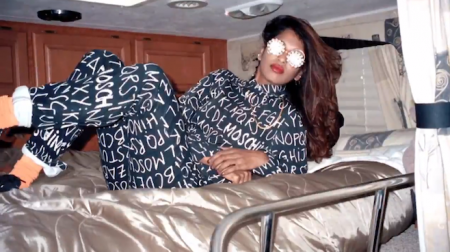

In 1957, Fleer introduced the first gum 6-pack with Dubble Bubble. Over time, Fleer extended its reach by adding new flavors and new formats like ball gum and expanded distribution of its products overseas.

In 1951, Fleer resumed manufacturing of Dubble Bubble and the popularity of its gum grew steadily.

Sugar and latex became scarce due to the war and bubble gum manufacturing was halted in 1942. During World War II, Dubble Bubble was distributed to the military. More than 1,002 comics have been released over the years. By the late 1950s and early 1960s, Fleer Funnies shrank to the small size most people remember. They are not dated though, so it is difficult to know the exact year of release. The comics were sequentially numbered which made collecting them easy. The comic also included Fleer Fortunes and Dubble Bubble Facts. The early comics were especially large and colorful. Originally, Pud was much more rotund than the slimmed down version seen in the 1960s. The featured characters, ‘Dub and Bub’, were introduced in 1930 but were replaced by the iconic Pud and his pals in 1950. The original gum featured a color comic strip, known as the Fleer Funnies, which was included with the gum.
#Double bubble trouble mashup how to#
To help sell the new bubble gum, Diemer himself taught salespeople how to blow bubbles so that they in turn could teach potential customers. Diemer's bubble gum was the first-ever commercially sold bubble gum, and its sales surpassed 1.5 million dollars in the first year. Before long, the Fleer Chewing Gum Company began making bubble gum using Diemer's recipe, and the gum was marketed as “Dubble Bubble” gum. The gum was priced at one penny apiece and sold out in one day. Using a salt water taffy wrapping machine, Diemer decided to individually wrap 100 pieces and brought the stock to a local candy store. The only food coloring available at the factory was pink, so Diemer had no choice but to use it, and the color would go on to become the standard for gum for the world over. After four months of trying to mimic his first success, he finally made a 300-pound batch of what would become Dubble Bubble. But the next morning when trying to recreate his successful concoction, he failed to reproduce the same results. After a year of attempts, he made the first successful batch of bubble gum. In 1928, while Walter Diemer was testing new gum recipes, he noticed that his product was less sticky than regular chewing gum, and after testing it he found that he could create bubbles easily. †Percentages are roughly approximated using US recommendations for adults.įleer Chewing Gum Company, in Philadelphia, had been searching for years to produce a formula that allowed bubbles to be blown that did not stick.


 0 kommentar(er)
0 kommentar(er)
